Sony Xperia 1 VI vs Samsung Galaxy S24 Ultra: preview

Intro
The long waffle that had a 21:9 display is now gone — the new Xperias will have the more orthodox 19.5:9 aspect ratio, much like the iPhones and Galaxies out there in the world. And while we are at it, the resolution has been downgraded from 4K to FHD+ (1080 x 2340 pixels)
Xperia 1 VI vs Galaxy S24 Ultra differences:
| Sony Xperia 1 VI | Samsung Galaxy S24 Ultra |
|---|---|
| 6.38 x 2.91 x 0.32 in (162 x 74 x 8.2 mm) 6.77 oz (192 g) | 6.39 x 3.11 x 0.34 inches (162.3 x 79 x 8.6 mm), 8.22 oz (233.0 g) |
| 6.5”, FHD+ (1080 x 2340), OLED 120 Hz | 6.8”, QHD+ (1440 x 3088), AMOLED 120 Hz |
| New 19.5:9 aspect ratio, top and bottom bezels still present | 19.5:9, uniform thin bezel all around |
| True optical zoom between 3.5-7.1x | Has two zoom cameras - 3x, 5x |
| Qualcomm Snapdragon 8 Gen 3 12 GB RAM 256 GB / 512 GB MicroSD card slot | Qualcomm Snapdragon 8 Gen 3 12 GB RAM 256 GB / 512 GB / 1 TB No expansion |
| Mostly vanilla Android with very advanced Camera app | Samsung One UI on top of Android |
| 5,000 mAh battery | 5,000 mAh battery |
Table of Contents:
Read more:
Read more:
Design and Size
Bezel, but front-facing stereo
The Xperia phones cling to old features that users love. And this is not us “knocking” them — having front-firing stereo speakers is a bold move, and we can appreciate it if they turn out sounding good. The Xperia 1 VI has a bit of a forehead and chin going on, due to those speakers being in there, but they are not thick enough to bother us — at least, that was the case with last year’s Xperia 1 V.
Also, that top bezel houses a selfie camera, so the display is a full, unobstructed rectangle. That’s not something the Galaxy S24 Ultra can boast about — Samsung’s phones have a thin bezel all around their pretty screen, but there’s always that small cutout at the top, for the selfie camera. Smartphone purists prefer the Sony way, as we are often told in the comments.
After switching to a 19.5:9 aspect ratio, the Xperia is now sized about the same as its competitors. In the case with the Galaxy S24 Ultra, the Sony is very slightly narrower, and a hair thinner, but also very definitely lighter.
To finish it off, the Xperia 1 VI has an exclusive, two-step camera shutter button — that’s kind of a staple of the Xperia flagships — and a 3.5 mm jack. A feature that the industry seems to shun in the name of Bluetooth headphone sales, but Sony and Asus still keep alive!
Display Differences
Did you sense a disturbance in the force? It was like a hundred Xperia fans cried out in terror. The Xperia 1 VI drops the 4K display resolution (1644 x 3840) and has a more regular FHD+ (1080 x 2340). Is that a big deal? Well, the 1080p screen will get you a pixels-per-inch density of 396. Samsung’s QHD panel is denser on paper, with a PPI of 501.
In real life? We expect the Xperia 1 VI will look sharp enough.
Then, we have the aspect ratio — and this year around, it’s the same. The Xperia 1 VI has a 19.5:9 widescreen, so does the Galaxy S24 Ultra.
Both phones sport OLED technology — well, Samsung brands its panels AMOLED, but it’s the same at the core. Sony has boosted the max brightness of the Xperia 1 VI, now reaching 1,300 nits. That’s about the same on the Galaxy S24 Ultra, per our measurements (this is not peak brightness, which would measure part of the screen for a fraction of time).
Performance and Software
Snapdragon vs Snapdragon, but for Galaxy
The Snapdragon 8 Gen 3 is the go-to processor for Android flagships right now. It’s fast, it’s power-efficient, and it’s built with years of know-how and expertise. Oh, also, with at least some form of partnership with Samsung.
Which is why Galaxy phones get a special “Made for Galaxy” Snapdragon 8 Gen 3 in them. It is very slightly overclocked, and it gives us some sort of reassurance that Samsung worked together with Qualcomm to set up the thermals inside the phone.
That said, Asus has proven that it can outclass the Samsung tunings with its own ROG Phones, but we are going on a tangent.
The Xperia 1 VI will get the “vanilla” Snapdragon 8 Gen 3, but we feel that’ll be good enough. It’s a very powerful mobile platform, and Sony runs light software on its phones. It’s worth mentioning that Xperia phones have had issues with overheating in the past — especially when the camera is on — so we do hope that Sony focused on that with the Xperia 1 VI.
Camera
True zoom is cool, but will that be enough?
Sony has been doing the “true optical zoom” thing for a couple of Xperia generations now. There’s an actual physical element inside the phone’s telephoto lens, which ensures stepless optical zoom. In the Xperia 1 VI, that’s between 3.5x and 7.1x (85 mm - 170 mm equivalent).
This is incredible tech for sure, but the results from past models have left us wanting better quality.
Samsung, on the other hand, has two zoom lenses on the Galaxy S24 Ultra — 3x for portraits, 5x as a stepping stone for deeper magnification. And its software work is impeccable — even though Samsung downgraded from a 10x to the 5x lens, its new algorithms picked up the slack and we are generally quite impressed with the Space Zoom here.
Audio Quality and Haptics
Samsung’s stereo speakers sound pretty good. The bass on the Galaxy S24 Ultra is defined, there’s a good amount of mids, and highs are generally not ice-picky. However, since it uses a setup of an earpiece loudspeaker and a bottom-firing driver, the sound does feel unbalanced from both sides.
Sony uses front-firing stereo speakers, which sounds great on paper. Our experience with previous models (especially since the top and bottom bezels were shrunk) is that they sound a bit weak, though. Here’s hoping we see an upgrade!
It’s worth noting that the Xperia 1 VI still has a 3.5 mm headphone jack. If you love your in-ear monitors, you will definitely appreciate that you don’t need to bring a USB C dongle everywhere.
For haptics — we’ve nothing notable to say. These phones click pretty accurately and consistently nowadays.
Battery Life and Charging
With the downgrade of the screen resolution, and the fact that the 120 Hz screen is dynamic and can drop to 1 Hz, Sony promises a 2-day battery life out of the Xperia 1 VI. That’ll be on a 5,000 mAh battery — the same size as on the Galaxy S24 Ultra.
Samsung’s flagship also has a dynamic refresh rate and a ton of optimizations to save battery. It is quite dependable and will get you through a day for sure, but even with that, One UI itself is quite feature-rich, thus tasks are running and drawing power, and we can’t really call it a “2-day phone”.
For charging, these phones don’t go nuts with some extreme powerbricks. The Xperia supports 30W wired charging, the Galaxy S24 Ultra maxes out with a 45 W charger.
Specs Comparison
Here’s a quick look at how the core specs compare, but if you want a full sheet be sure to check the Sony Xperia 1 VI vs Samsung Galaxy S24 Ultra specs here.
| Xperia 1 VI | Galaxy S24 Ultra | |
|---|---|---|
| Size, weight | 6.38 x 2.91 x 0.32 in (162 x 74 x 8.2 mm) 6.77 oz (192 g) | 6.39 x 3.11 x 0.34 inches (162.3 x 79 x 8.6 mm) 8.22 oz (233.0 g) |
| Screen | 6.5" OLED 1-120Hz LTPO 1080 x 2340, 396 PPI | 6.8" AMOLED 1-120 Hz LTPO 1440 x 3088, 501 PPI |
| Processor | Qualcomm Snapdragon 8 Gen 3, 3.3 GHz | Qualcomm Snapdragon 8 Gen 3, 3.39 GHz Made for Galaxy |
| RAM, Storage | 12 GB 256 GB / 512 GB | 12 GB 256 GB / 512 GB / 1 TB |
| Cameras | 48 MP main, F1.9 12 MP ultra-wide, F2.2 12 MP 3.5x-7.1x, F2.3-F3.5 12 MP front | 200 MP main, F1.7 12 MP ultra-wide, F2.2 10 MP 3x zoom, F2.4 50 MP 5x zoom, F3.4 12 MP front |
| Battery | 5,000 mAh | 5,000 mAh |
| Charging | 30 W wired 15 W wireless | 45 W wired 15 W wireless |
Summary
So, which is the better phone? For Sony fans, the line in the sand is clear — Xperia all the way. Does the specs change feel like a betrayal? We’d say it shouldn’t, as a 4K screen was quite overkill on a 6.5-inch screen.
When we are talking value, Samsung really knocked it out of the park this year with a 7-year software update promise. It’s just extra reassuring to know that your super-expensive device will be getting support for a long, long time (also increases resale value).
The Xperia 1 VI is launching with the same price as last year’s model — no price or details for the US market yet, but it costs £1,299.00 in the UK, very slightly north of the Galaxy S24 Ultra’s MSRP. For that price, Sony needs to address some issues with the camera’s ease-of-use, speakers, and update schedule if it wants to attract a wider audience.

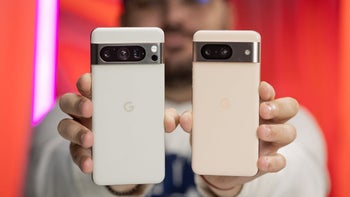
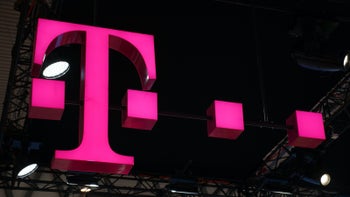
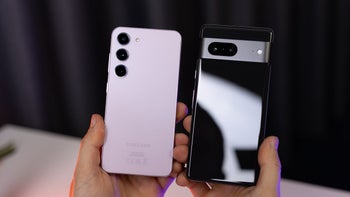
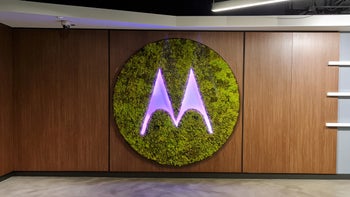
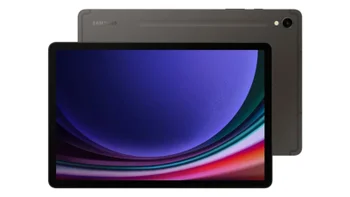

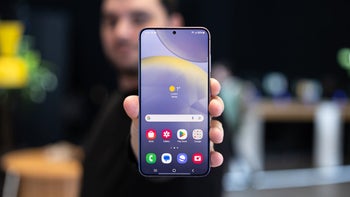

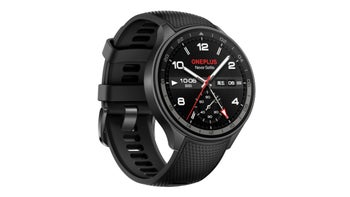
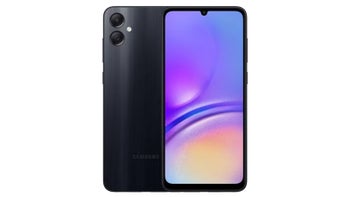

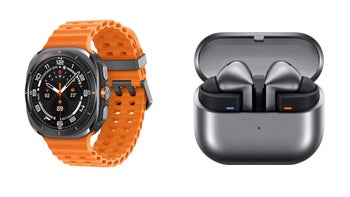






Things that are NOT allowed: